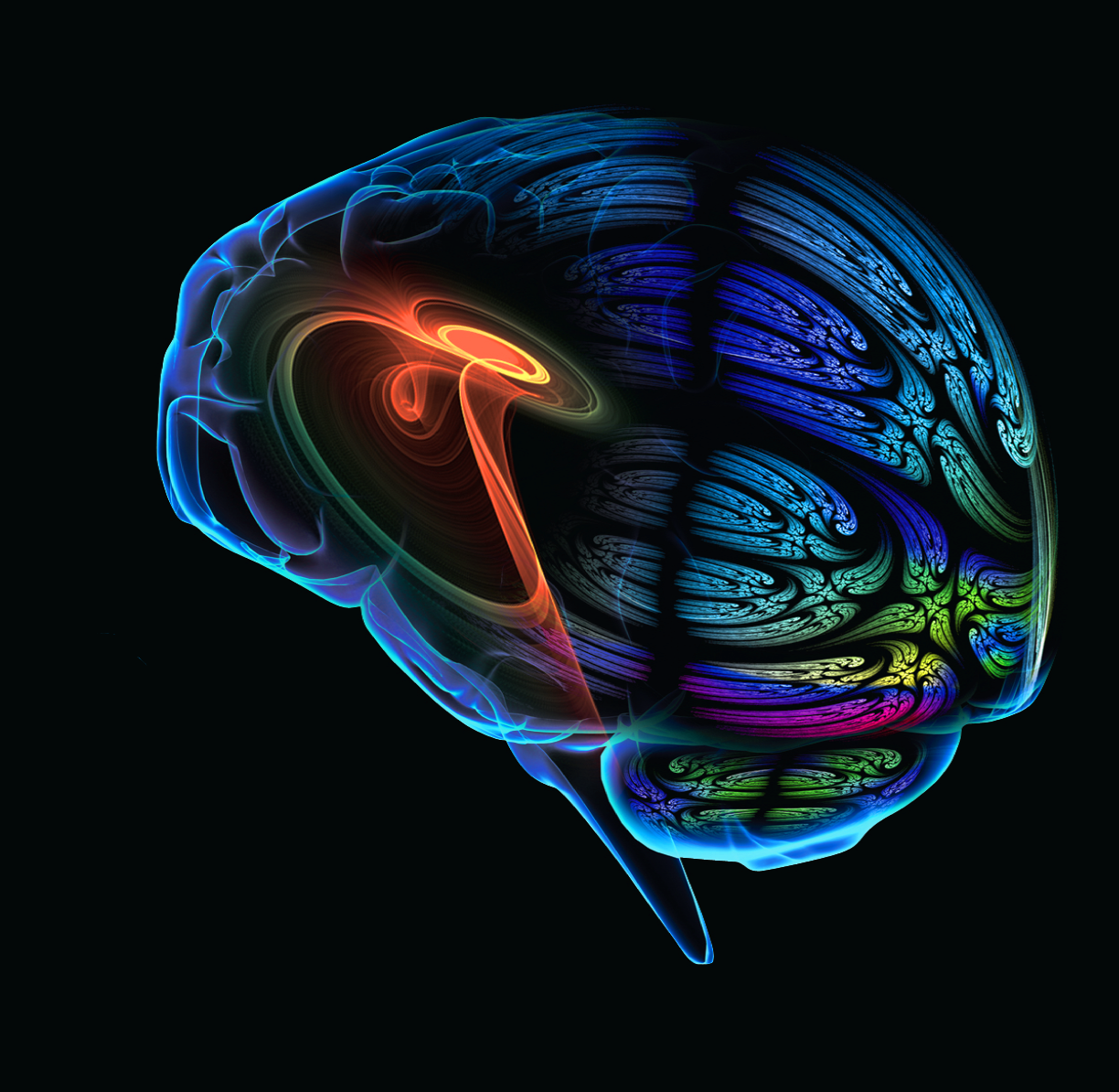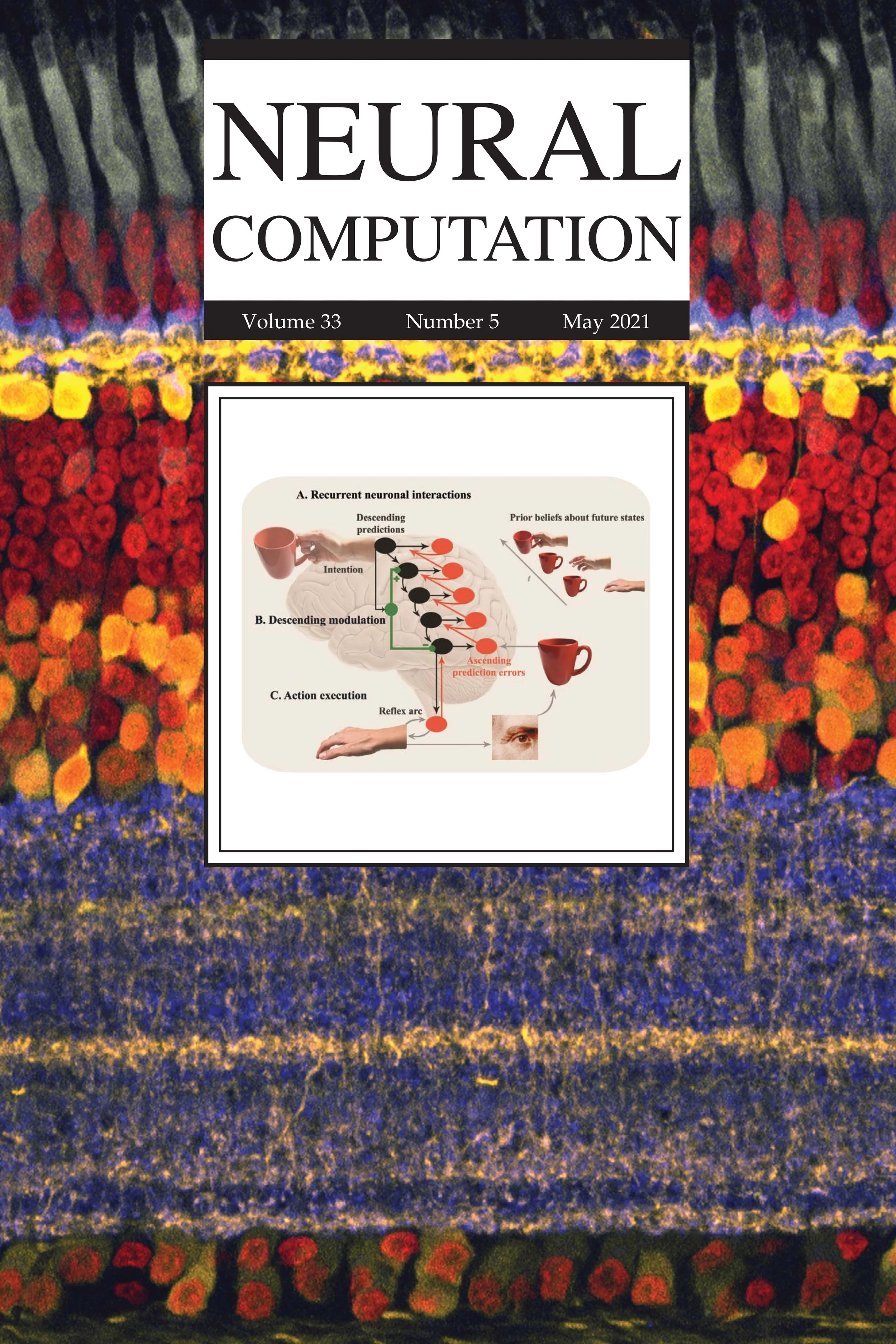
What is LCNeuro?
Control systems engineering approach to homeostatic regulation of brain circuits.
Models are mechanistic,
multi-scale, and generative.
Modulation of circuit dynamics in neurological and psychiatric disorders and therapeutics.
Research Intersections

Articles in
Featured Articles
-
Age-related cognitive decline is associated with metabolic, vascular, and inflammatory changes, making it challenging to distinguish primary causes from secondary (downstream) effects. This study demonstrates that brain aging follows a specific progression, with the first stage occurring in middle age and coinciding with increased insulin resistance. Moreover, we show that brain areas that age fastest are also those most vulnerable to neuronal insulin resistance. Importantly, we find that administering ketones, which can fuel neurons while bypassing insulin resistance, reverses brain aging effects. However, this intervention is only effective when provided early enough for neurons to remain viable. These findings contribute to our understanding of brain aging mechanisms and suggest neurometabolic strategies for targeted early intervention in preventing age-related cognitive decline.
Read article in PNAS -
Aging is associated with impaired signaling between brain regions when measured using resting-state fMRI. This age-related destabilization and desynchronization of brain networks reverses itself when the brain switches from metabolizing glucose to ketones. Here, we probe the mechanistic basis for these effects. First, we established their neuronal basis using two datasets acquired from resting-state EEG (Lifespan: standard diet, 20-80 years, N = 201; Metabolic: individually weight-dosed and calorically-matched glucose and ketone ester challenge, µ age = 26.9 ± 11.2 years, N = 36). Then, using the multi-scale Larter-Breakspear neural mass model, we identified the unique set of mechanistic parameters consistent with our clinical data. Together, our results implicate potassium (K +) gradient dysregulation as a mechanism for age-related neural desynchronization and its reversal with ketosis, the latter finding of which is consistent with direct measurement of ion channels.
-
To better understand how diet influences brain aging, we focus here on the presymptomatic period during which prevention may be most effective. Large-scale life span neuroimaging datasets show functional communication between brain regions destabilizes with age, typically starting in the late 40s, and that destabilization correlates with poorer cognition and accelerates with insulin resistance. Targeted experiments show that this biomarker for brain aging is reliably modulated with consumption of different fuel sources: Glucose decreases, and ketones increase the stability of brain networks. This effect replicated across both changes to total diet as well as fuel-specific calorie-matched bolus, producing changes in overall brain activity that suggest that network “switching” may reflect the brain’s adaptive response to conserve energy under resource constraint.
Collaborators





































